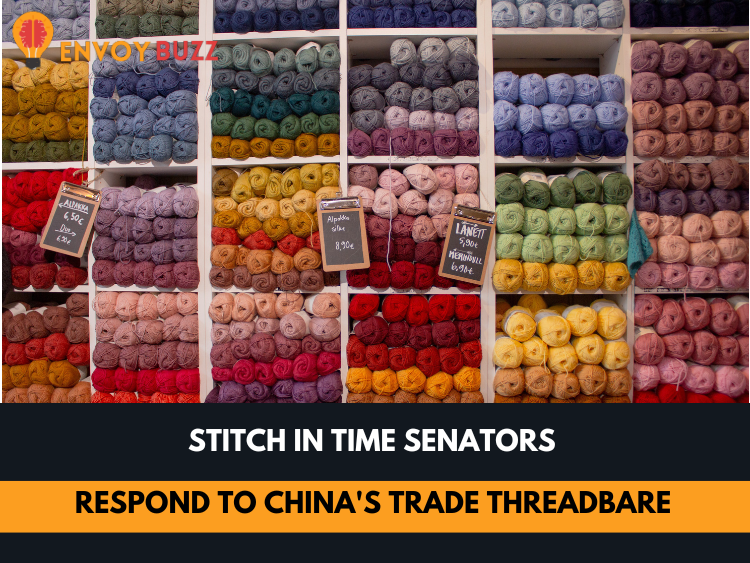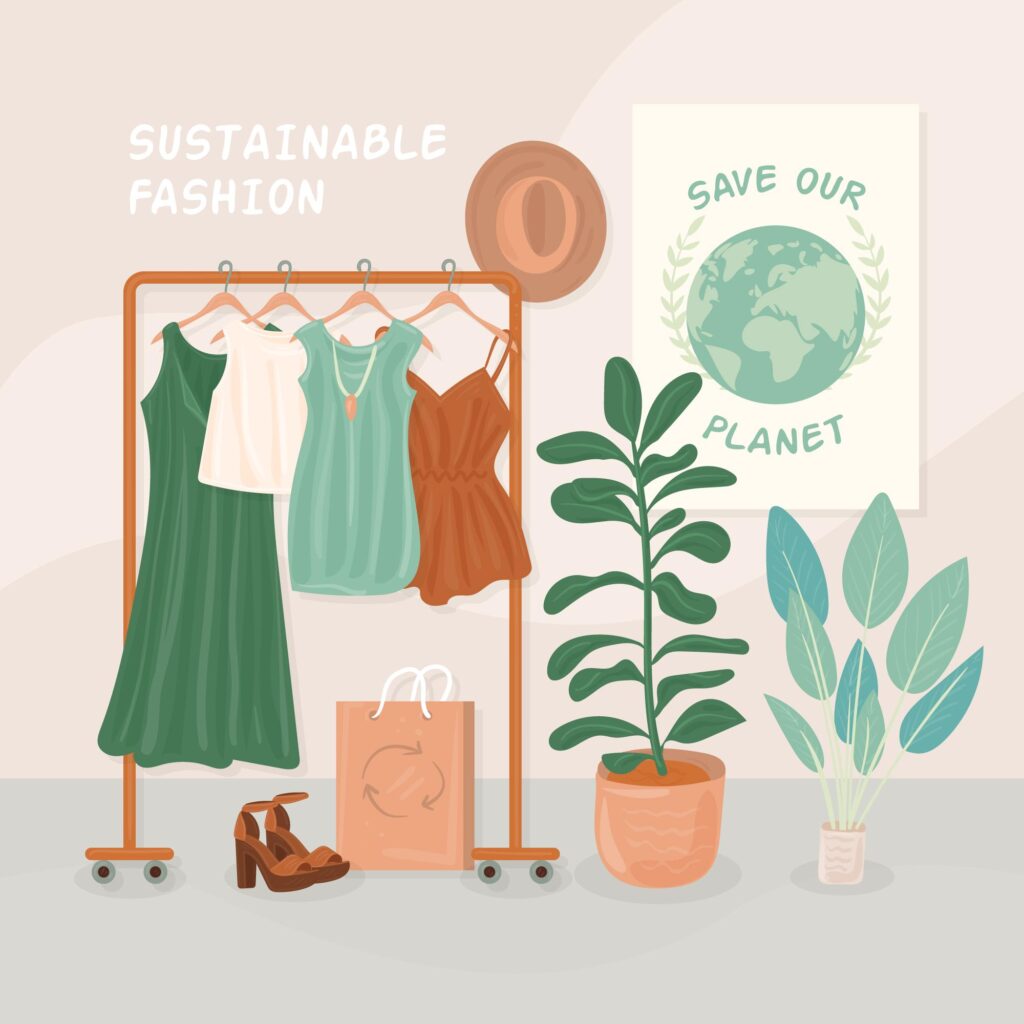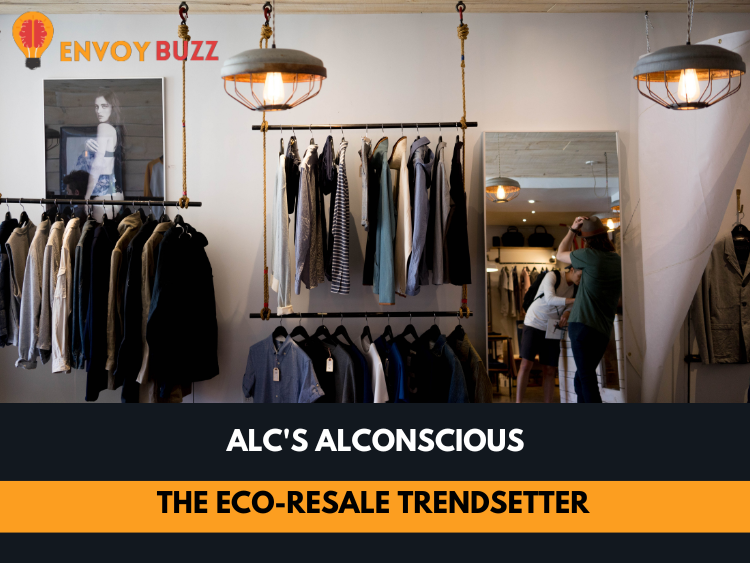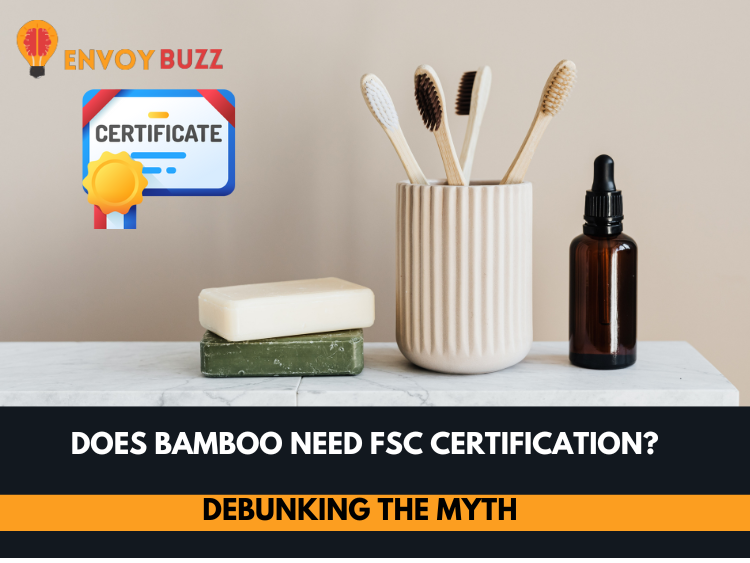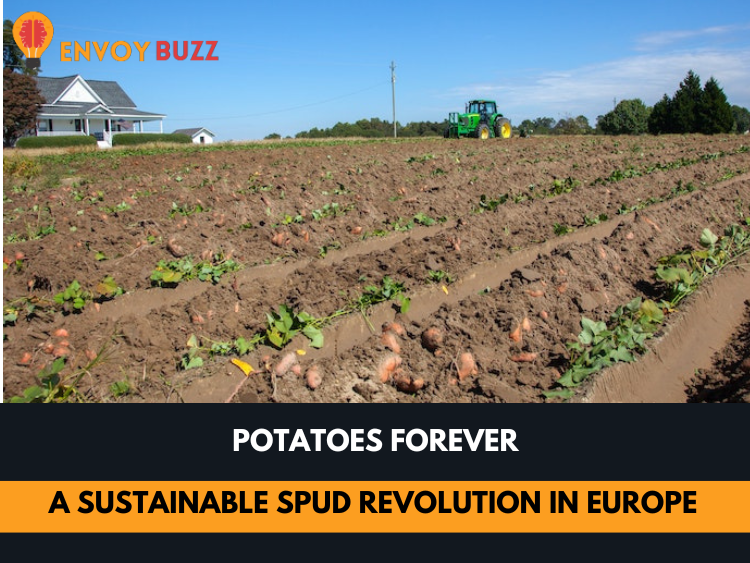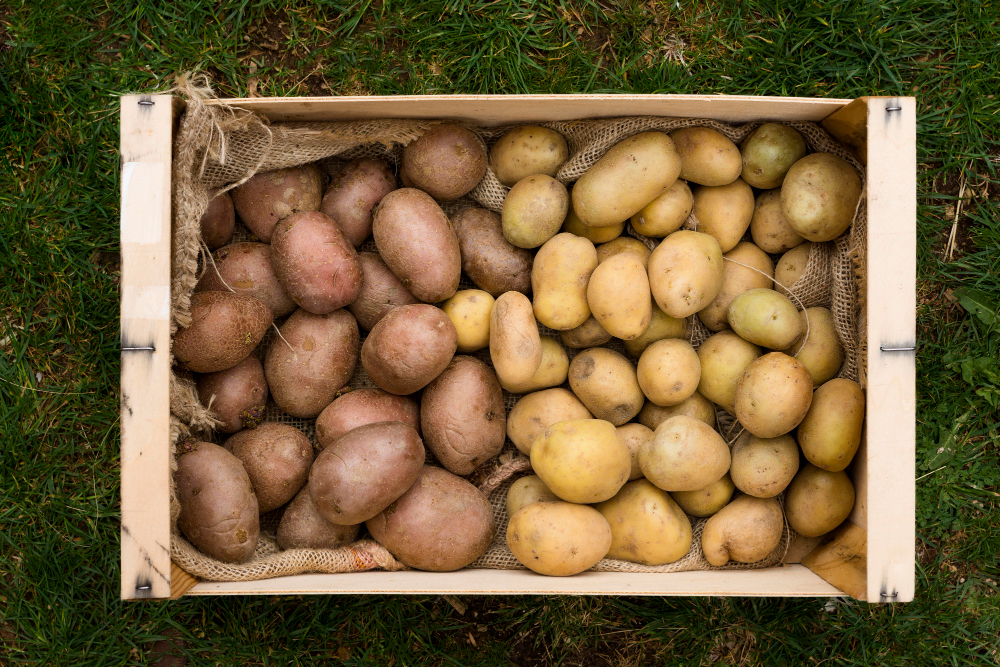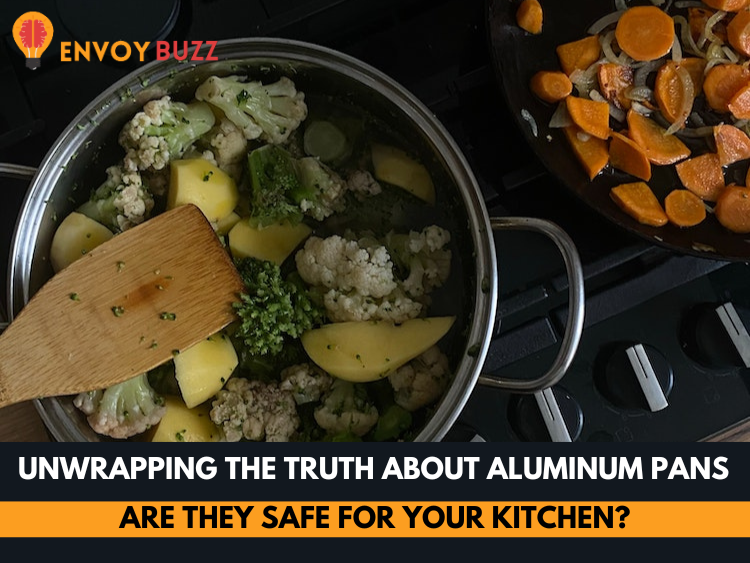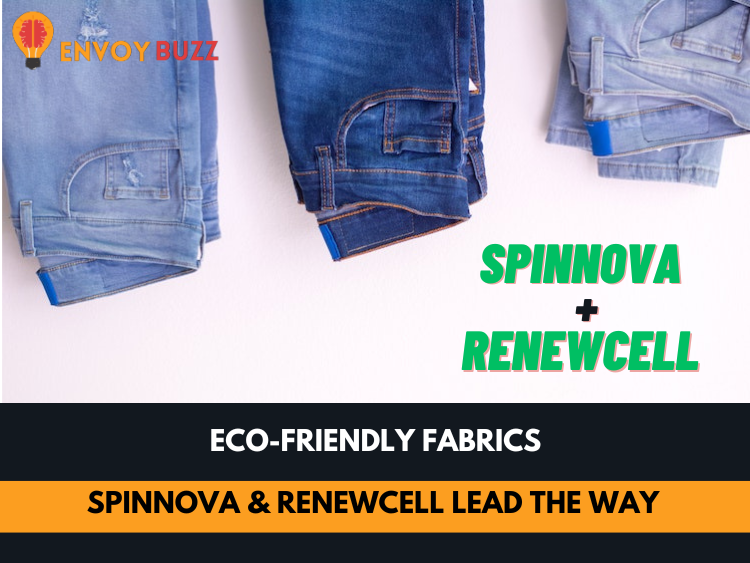An AI-powered tool to help brands and marketers identify the sustainability strengths and weaknesses of their products has been launched by Provenance. Provenance, a certified B Corp and independent social enterprise, is steadfast in its dedication to transparency and preventing greenwashing practices.
Sustainability Navigator examines the current ethical and green claims made by brands and compares them to those of competitors in the same market and consumer trends.
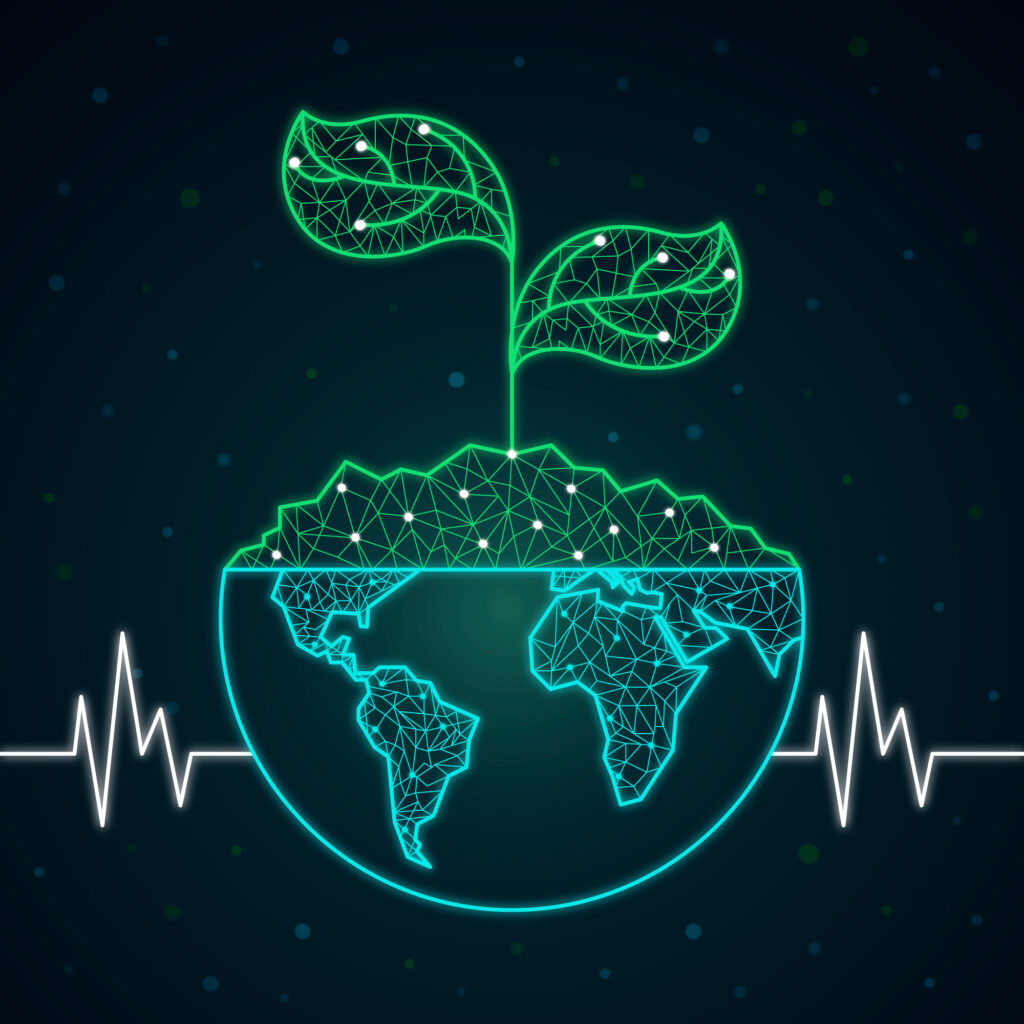
The tool, as detailed by Provenance, is supported by a resilient knowledge graph containing over 1.7 million data points. Beyond offering insights into the current sustainability landscape, it goes a step further by furnishing guidance to brands. This counsel is rooted in understanding customer preferences, analyzing competitors’ strategies, and anticipating forthcoming regulations. By harnessing this wealth of information, the tool assists brands in pinpointing specific areas of impact that warrant attention, ensuring a strategic alignment with market demands, industry benchmarks, and evolving regulatory landscapes.
Alex Rahin (chief product & technology officer at Provenance) said: “We’re able to give marketers unprecedented and unparalleled insights to help them assess and communicate their sustainability claims with integrity, whilst meeting commercial KPIs,”
He added: “The technology is revolutionizing sustainability communications and is fuelled by our own product-level sustainability data, which includes everything from product and brand details to certifications, ingredients, regulations and consumer behavior,”
In a world where sustainability is paramount, the demand for transformative tools like Provenance’s Sustainability Navigator becomes increasingly evident. As brands strive to uphold integrity, communicate transparently, and meet evolving consumer expectations, the role of AI in navigating this intricate landscape cannot be overstated. The future of sustainable business practices hinges on the conscientious integration of advanced technologies that not only scrutinize current practices but also pave the way for continuous improvement. Provenance’s innovative solution stands at the forefront of this movement, empowering brands to embrace sustainability with authenticity and foresight, proving that, indeed, the work requires AI tools like these to propel us towards a more conscientious and sustainable future.
For more news on sustainability visit Envoybuzz.


